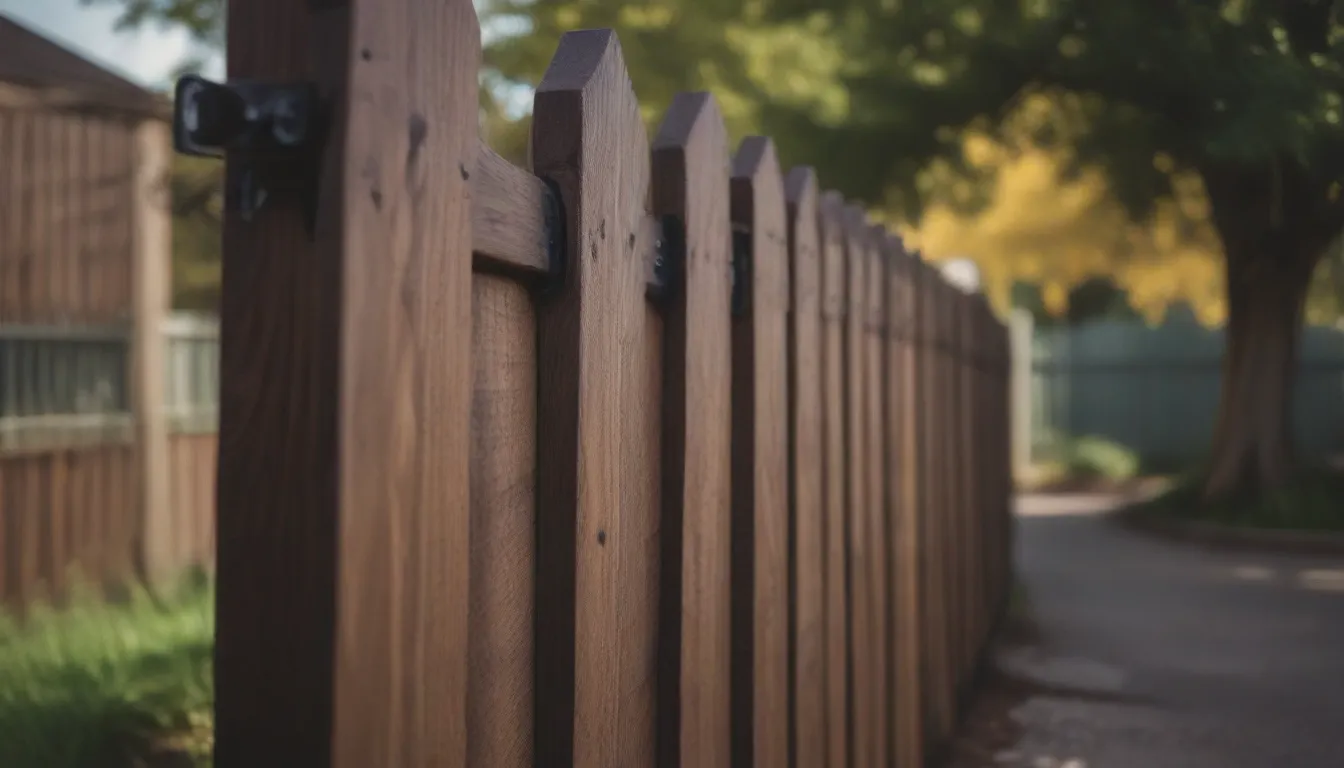The Complete Guide to Fence Costs and Options: Wood, PVC, Metal, and More

Are you looking to enhance your home’s appearance and security with a new fence? Installing a fence is a significant investment, and it’s essential to understand the various costs associated with different types of fences. From wood to PVC to metal options, we’ll break down the average costs, materials, labor, and additional factors that can impact the overall price of your fence project.
Understanding Fence Costs
Installing a fence can cost anywhere from $1,720 to $6,140, with the average cost coming in at $3,930. Pricing can vary based on several factors, including:
Fence Cost by Linear Foot
- The average cost per linear foot of a fence is $28.
- Total cost range is from $16 to $40 per linear foot.
- Longer fences require more posts and fencing material, impacting the overall cost.
Fence Cost by Lot Size
- For a one-acre lot, the average fence cost is $23,350, with a total range of $13,340 to $33,360.
- Residential lots in smaller areas may cost around $5,840 for a one-quarter-acre lot.
Fence Material Costs
Different fence materials come with varying costs. Here’s a breakdown of average costs for popular fence materials:
Wood Fence
- Average cost: $25 per linear foot
- Total cost range: $15 to $34 per linear foot
- Popular for its natural look and moderate cost, but requires maintenance to prevent deterioration.
Vinyl Fence
- Average cost: $33 per linear foot
- Price range: $25 to $42 per linear foot
- Durable and low-maintenance, but may warp in extreme weather conditions.
Metal Fence
- Average cost: $44 per linear foot
- Price range: $21 to $67 per linear foot
- Offers various styles from security wrought iron to modern aluminum options.
Chain Link Fence
- Average cost: $24 per linear foot
- Price range: $8 to $40 per linear foot
- Affordable option for security or to contain pets and children.
Composite Fence
- Average cost: $30 per linear foot
- Made of reclaimed wood and plastic for a wood-like appearance with low maintenance.
Factors Influencing Fence Costs
There are several factors beyond material costs that can impact the overall price of a fence installation:
- Fence Length: Longer fences require more materials, impacting cost.
- Fence Height: Taller fences require more materials and labor.
- Slope: Building on a slope may require additional labor and materials.
- Permits: Some areas require permits for fence installations.
Additional Fence Cost Considerations
Beyond the basic material and labor costs, there are additional factors that can impact the total cost of your fence project:
- Tree Removal: Trees in the fence line may need to be removed, adding to costs.
- Yard Grading: Property grading may be necessary for fence installation.
- Staining and Painting: Finishing options can add to the final cost.
- Gates: Adding gates to the fence can increase the project cost.
Fence Style Options
Different fence styles come with varying price tags. Here’s a breakdown of popular fence styles and their average costs:
Vertical Wood Fence
- Cost: $31 per linear foot
- Price range: $23 to $40 per linear foot
Horizontal Wood Fence
- Cost: Starts at $50 per linear foot
- Price range: $50 to $70 per linear foot
Decorative Fence
- Cost: Starts at $45 per linear foot
- Price range: $45 to $55 per linear foot
Ranch or Split-Rail Fence
- Cost: $14 per linear foot
- Price range: $12 to $17 per linear foot
Post-and-Rail Fence
- Cost: $12 per linear foot
- Price range: $9 to $15 per linear foot
Picket Fence
- Cost: Starts at $20 per linear foot
- Price range: $20 to $31 per linear foot
DIY vs. Professional Installation
Consider whether to tackle the fence installation yourself or hire professionals. Here’s a breakdown of the costs involved:
- DIY Installation: Costs about $225 per 8-foot section or $28 per linear foot.
- Professional Installation: Average cost of labor is $35 per hour.
How to Save on Fence Costs
If you’re looking to save on fence costs, consider these tips:
- Share the cost: Splitting the cost with neighbors can save money.
- Build in an off-season: Contractors may offer discounts during slow seasons.
- Remove the old fence yourself: Save on demolition costs by doing it yourself.
- Use alternative fencing: Consider alternative materials for cost savings.
- Use fewer materials: Simplify the design to reduce material costs.
Understanding the costs associated with different types of fences can help you budget effectively and make informed decisions about your home improvement projects. Whether you opt for a classic wood fence or a modern metal option, knowing the average costs and factors influencing pricing can help you plan and execute your fence installation successfully. Happy fencing!





